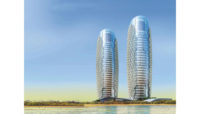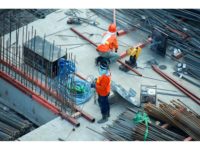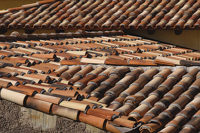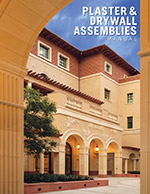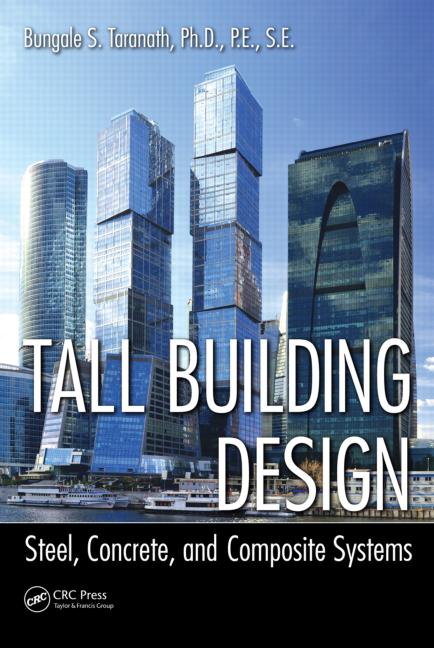10 Unfolding Trends

Chusid Associates endeavors to identify trends that will shape its clients' future business. They have observed a number of recent developments worth watching, and present them here, with products emblematic of those trends. Some are still in early phases of laboratory development; others have been lurking in the periphery of construction and are now poised to leap, fully grown, onto the architectural stage. What they have in common is that they challenge thinking and help anticipate construction's future. Here, Chusid Associates lists 10 trends.
1. Lighting Beyond LED
After a long gestation period, light emitting diodes (LED) have finally become commercially viable. Yet, even before they have risen to their full potential, the next wave of illumination sources is on the horizon. Particularly significant are a trio of new technologies for producing very thin, flexible sheets of illuminating material. Unlike LED panels that are made up of hundreds of point light sources ganged together, the new technologies provide even illumination output over their entire surface. (read more)
2. Robots Rising
Robots are already in use in building product manufacturing. For example, Boral Brick uses robots to stack green brick for kilning, and to pack finished brick for shipping as palletless, minimally-packaged cubes. The news is that robots are moving into the field. For example, robots are being used to lay bricks in elaborate patterns that would be quite labor intensive to do manually. (read more)
3. Transparent Aluminum
Aluminum was discovered in 1826, but pure metal was hard to separate from its ore. In 1855, aluminum bars were displayed at the Paris Exposition alongside France's crown jewels, which was appropriate since the metal cost about half the price of gold. 30 years later, an economical process for extracting aluminum was discovered, making it an inexpensive and commonly used metal. 100 years later, transparent aluminum was invented ... in the mind of a writer. It was envisioned as a commonly available material in the 23rd century. (read more)
4. Big Wood
Cross Laminated Timber (CLT) has made the jump across the Atlantic and is now available in Canada from Structurlam and other fabricators. Like plywood, CLT is fabricated into panels with multiple layers of wood, each set perpendicular to adjacent layers. But instead of using thin veneers, CLT uses lumber to create panels that can be five or more inches thick. And instead of commodity 4 x 8 ft. panels, panels are custom engineered and fabricated in sizes limited only by handling considerations; plywood on steroids. (read more)
5. Think Blue
Climate change has a pernicious effect on the availability of water for human consumption, agriculture, and industry. Consider, for example, communities (and nations) that depend on a steady supply of water from melting mountain snow pack. With glaciers in retreat world wide, melt water can be exhausted before a hot, dry summer is over. An alternative water source is atmospheric humidity. (read more)
6. Advanced Fiber Reinforced Polymer Composites
The new generation of fiber reinforced polymer (FRP) composites has been incubated by aerospace use — composite materials account for 50 percent of the primary structure of Boeing's new 787 Dreamliner jets, including the fuselage and wing. As production capacity soars, prices will come down-to-earth, making architectural applications feasible. (read more)
7. APP + BIM + CNC = WOW
The construction industry is challenged to find a way to integrate all our powerful digital tools into a cohesive process. Seeyond may be showing us the way with a clever system for tessellated partitions, ceilings, and other surfaces. What qualifies it for this list is not the product, but the process by which they connect the designer's vision with the company's digital fabrication process. (read more)
8. Solar Paint
Quantum dots work in two directions: running power through them generates illumination, as described above, and shining light on them generates power. A research team at University of Notre Dame is developing "solar paint" that uses quantum dots to produce energy. Their goal is to create an affordable coating that can be applied to conductive surfaces without special equipment. (read more)
9. Dynamic Structural Performance Monitoring
The safety of a structure can be jeopardized by accidents, extreme loads, hidden construction flaws, wear and tear, and other vicissitudes. Until recently, the only way to tell how a structure was performing was to observe changes in the length or shape of individual structural components and calculate if they were within safe design assumptions. This could require instrumenting scores or even hundreds of locations on the structure, and a time consuming effort to collect and interpret data. Another drawback is that movement within a few components may not accurately reflect performance of the structure as a whole. (read more)
10. Light in a Bottle
While our ten-best list is full of high-tech wonders, there are many places where shelter concerns are far more basic. For millions of people, the best new building product in the world might be a used 2-liter plastic soft drink bottle. (read more)
Looking for a reprint of this article?
From high-res PDFs to custom plaques, order your copy today!



